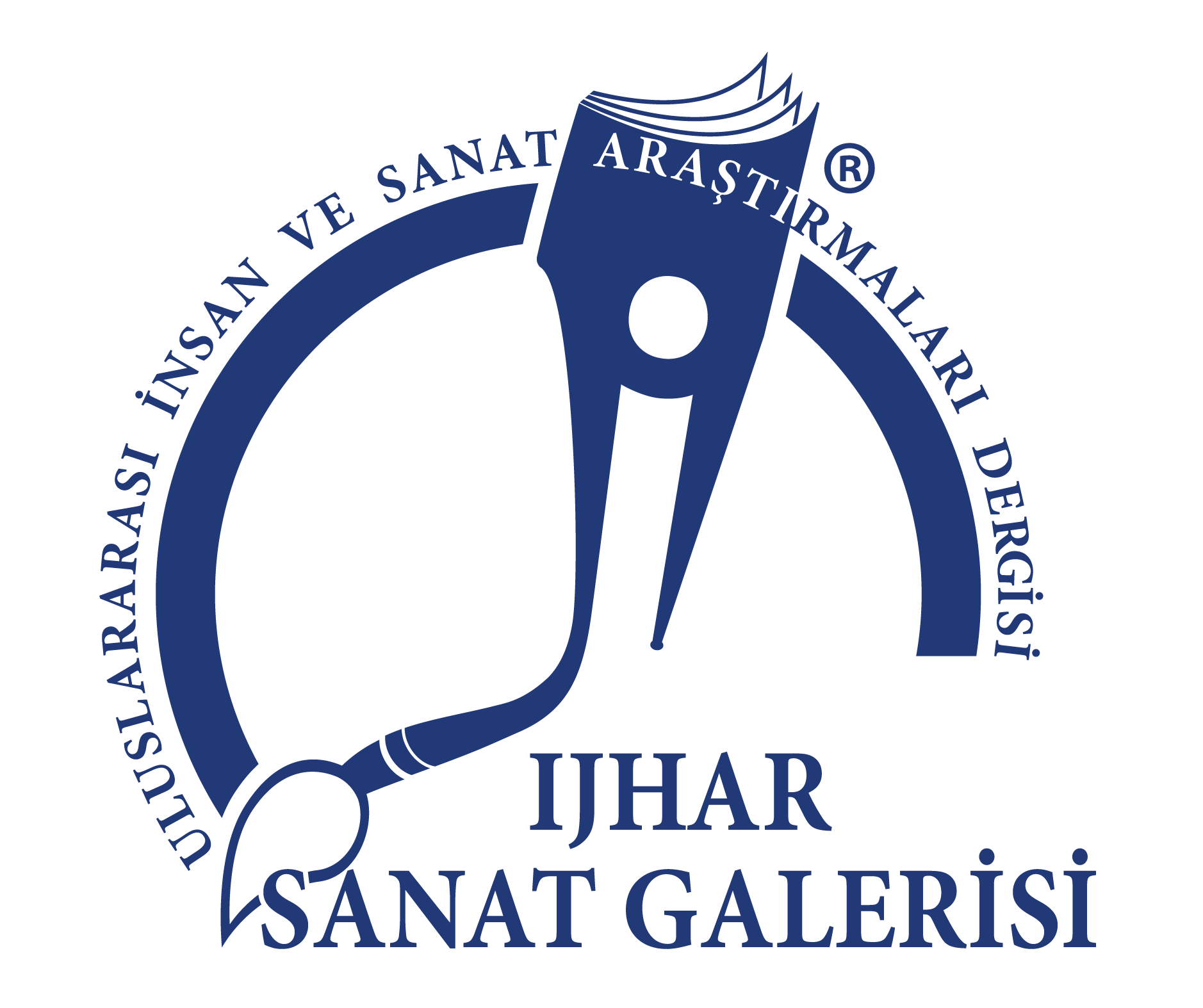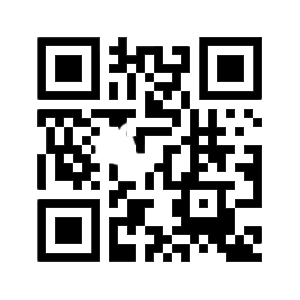Sanatçının Annesi: Umberto Boccioni’ye Ait “Materia” İsimli Eser Üzerine Değerlendirme
Öz
Fütürist sanatın öncülerinden ressam ve heykeltıraş Umberto Boccioni (1882-1916) divizyonist ve kübist anlatım biçimlerini kullanarak modern dünyanın görünümünü tuval yüzeyine aktarmıştır. Fütürizmin önemli manifestolarının bazılarının da yazarı olan sanatçı; diğer fütürist sanatçılar gibi, içinde yaşadığı çağa, çağın beraberinde getirdiği toplumsal koşullara ve bu koşulların yarattığı yeni gerçekliğe karşı koşulsuz bir bağlılığa sahiptir. Tüm geleneksel değerlerin reddedilmesini hatta yok edilmesini savunan Boccioni, 20. yüzyılda Avrupa’ya şekil veren sanayileşme temelli gelişmelerden olan makineleşme, teknoloji ve hız gibi modernite kökenli kavramlara hatta 20. yüzyılın yarattığı en büyük travmalardan olan savaşlara dahi özel bir önem atfetmiştir. Bu konuyla bağlantılı olarak özellikle hem Boccioni’nin hem de diğer fütüristlerin hareket ve dinamizmi resmederken kullandıkları eşzamanlı betimleme yöntemini, Fransız düşünür Henri Bergson felsefesi ile ilişkilendirmenin mümkün olduğu söylenmelidir. Bahsedilen felsefe, üretilen eserlere hem düşünsel açıdan katkı vermekte hem de biçimsel çözümleme üzerinde oldukça belirleyici bir role sahiptir. Bu sebeple araştırmanın konusunu oluşturan “Materia” isimli eserin; Bergsoncu düşünce ve Fütürist anlayış ekseninde çözümlenmesi amaçlanmaktadır. Bu amaç doğrultusunda eser; Fütürist sanat, Henri Bergson felsefesi, Umberto Boccioni ve sanatçıya ait “Materia” isimli resim üzerine yapılan literatür taraması sonucunda ulaşılan bilgilerden hareketle değerlendirilmiştir. Değerlendirme esnasında dikkat çeken hususlardan birisi, belki de resmin temelini oluşturan ve sanatçının annesini gösteren figürün görkemli görünümüdür. Bu görünümün ardında yatan “sanatçının annesi” kimliği ve bu kimlik üzerinden yapılan değerlendirme eserin anlaşılmasında kritik bir role sahiptir. Tüm bu bağlantılardan hareketle incelenen eser göstermektedir ki çağının ruhunu oldukça etkili bir şekilde yansıtmayı başaran “Materia”; aynı yüzeyde yaratıcısının ruhunu da göstererek Boccioni’nin modernite deneyimine dair bir bakışı izleyiciye sunmaktadır.
Anahtar Kelimeler
Kaynakça
- Akarsu, B (1975). Felsefe Terimleri Sözlüğü. Ankara: Türk Dil Kurumu Yayınları.
- Antmen, A (2008). 20. Yüzyıl Batı Sanatında Akımlar. İstanbul: Sel Yayıncılık.
- Bergson, H (1896). Matière et Mémoire. Paris: Librairie Felix Alcan.
- Bergson, H (2007). Madde ve Bellek. (I. Ergüden, Çev.). Ankara: Dost Kitabevi Yayınları.
- Coen, E (1988). Umberto Boccioni. New York: The Metropolitian Museum of Art.
- Farthing, S (Dü.) (2007). 1001 Paintings : You Must See Before You Die. New York: Universe Publishing.
- Fergonzi, F (2004). On the Title of the Painting Materia. Boccioni's Materia: A Futurist Masterpiece and the Avant-garde in Milan and Paris (s. 47-53). New York: Guggenheim Museum.
- Haidinger, M (2014). Gino Severini's Dancers and His Theatrical Milieu. Art Journal (1): 15-19.
- Lynton, N (2004). Modern Sanatın Öyküsü. (C. Çapan, & S. Öziş, Çev.) İstanbul: Remzi Kitabevi. Mansfield E C, Arnason H H (2013). History of Modern Art. New Jersey: Pearson Education.
- Poggi, C (2009). Inventing Futurism : The Art and Politics of Artificial Optimism. New Jersey: Princeton University Press.
- Press, O (2009). The Artist's Mother. New York & London: Overlook Duckworth & Peter Mayer Publichers. Russell, B (2001). Batı Felsefe Tarihi. (E. Esençay, Çev.) İzmir: İlya Yayınevi.
- Thompson, J (2014). Modern Resim Nasıl Okunur. (F. C. Çulcu, Çev.). İstanbul: Hayalperest Yayınevi. Yılmaz, M (2013). Modernden Postmoderne Sanat. Ankara: Ütopya Yayınevi.
- (URL 1) https://www.researchgate.net/figure/Figura-3-Ettiene-Jules-Marey-The-Running-Lion-Tamer-1886_fig1_338735398 (Erişim Tarihi:21.04.2023)
- (URL 2) https://philamuseum.org/collection/object/51449 (Erişim Tarihi:21.04.2023)
The Artist's Mother: An Evaluation On The Work "Materia" By Umberto Boccioni
Öz
Looking at the history of art, it is seen that many painters occasionally use family members as models. It is known that among these individuals, especially the "mother" figure is frequently preferred. Starting with Albrecht Dürer's "Portrait of the Artist's Mother" (1514) and ending with Andy Warhol's "Andy Warhol's Julia Warhola" (1974) and covering a period of more than four hundred years, the book Artist's Mother” (2009) shows that this subject is frequently included in the art of painting. Here, it should be said that the depicted "mother" figure can be constructed as one of the parts that make up the content of the painting, and even interpreted with an evaluation to be made over the identity of the "artist's mother". Right here, it should be said that the work "Materia" by Umberto Boccioni (1882-1916), which allows such a analysing, is the subject of this research. It is aimed to analyze this work, which will be discussed in connection with this subject, based on its relationship with Bergonsian thought and futurist approaches, which contributes to the emergence of form and content. In accordance with this purpose, the problem of this research is to evaluate the work studied from the identity of the "artist's mother", especially based on Bergonsian thought, and to examine the role of the mentionedidentity values in the analysing of the painting.
In this research in which a descriptive examine was made; based on the information obtained as a result of the literature review on futurist art, Bergson philosophy, Umberto Boccioni and the painting "Materia" by this artist, the painting analysis was made.
Before starting on to the study of the work, it would be appropriate to briefly make mention of futurism. Futurism; while the avant-garde developments were taking place in France, it can be summarized as a developing attitude against the cultural incompatibility caused by the dominance of the Renaissance and Neo-classical understanding in 19th century Italian painting. At the heart of this movement is the idea of destroying the respect and longing for the past in order to develop new ideas. However, at this point, it must also be said that modernity-derived concepts such as mechanization, technology and speed, which are among the industrialization-based developments that shaped 20th century Europe, are glorified.
As another important point, it is important to mention the relationship between the futurist understanding and Bergson's philosophy in order to understand the works produced within this movement, especially in the context of simultaneity and the depiction of movement. The relationship between "Bergson's thought", which was mentioned above especially in the context of "duration" and "movement", and the futurist artists' depiction of movement is quite clear in bringing together the static moments that constitute movement in the same surface and presenting these different moments to the auidence simultaneously. Therefore, it will be easier to comprehend the futurist thought when looking at the samples in the futurist art of painting in the light of the information given about Bergson's philosophy.
After making mention of Futurism in general terms, it can be said that "Materia", one of the most important works of Futurist art, embodies images of the feast-like atmosphere, dizzying speed and dynamism of modernity seen in almost all futurist paintings. These interpenetrative images on the canvas surface disappear and reappear, conveying a simultaneous point of view to the audience. This painting of the artist, who tried to convey the spirit of his age with this method, has all the qualities of a typical futurist work in terms of presenting an enthusiastic view of modernity. At the same time, another important point in the work is the Bergsonian thought that shapes the title, form and content of the painting. Basically, this work, which was tried to apply the ideas contained in the famous philosopher's book "Matter and Memory", looks at issues such as matter, time and memory with references from this philosophy, thus strengthening the futurist form of expression. However, when we take a moment to look beyond the philosophical connections, it is possible to say that the identity of the "artist's mother" has quite individualistic side, that it combines futurist expression with the artist's emotions, and that this approach adds contextual richness to the painting. Based on all these connections, the work analyzed indicates that "Materia", which manages to reflect the spirit of its time quite effectively, also shows the spirit of its creator on the same surface and offers the viewer a glimpse of Boccioni's experience of modernity.
Anahtar Kelimeler
Kaynakça
- Akarsu, B (1975). Felsefe Terimleri Sözlüğü. Ankara: Türk Dil Kurumu Yayınları.
- Antmen, A (2008). 20. Yüzyıl Batı Sanatında Akımlar. İstanbul: Sel Yayıncılık.
- Bergson, H (1896). Matière et Mémoire. Paris: Librairie Felix Alcan.
- Bergson, H (2007). Madde ve Bellek. (I. Ergüden, Çev.). Ankara: Dost Kitabevi Yayınları.
- Coen, E (1988). Umberto Boccioni. New York: The Metropolitian Museum of Art.
- Farthing, S (Dü.) (2007). 1001 Paintings : You Must See Before You Die. New York: Universe Publishing.
- Fergonzi, F (2004). On the Title of the Painting Materia. Boccioni's Materia: A Futurist Masterpiece and the Avant-garde in Milan and Paris (s. 47-53). New York: Guggenheim Museum.
- Haidinger, M (2014). Gino Severini's Dancers and His Theatrical Milieu. Art Journal (1): 15-19.
- Lynton, N (2004). Modern Sanatın Öyküsü. (C. Çapan, & S. Öziş, Çev.) İstanbul: Remzi Kitabevi. Mansfield E C, Arnason H H (2013). History of Modern Art. New Jersey: Pearson Education.
- Poggi, C (2009). Inventing Futurism : The Art and Politics of Artificial Optimism. New Jersey: Princeton University Press.
- Press, O (2009). The Artist's Mother. New York & London: Overlook Duckworth & Peter Mayer Publichers. Russell, B (2001). Batı Felsefe Tarihi. (E. Esençay, Çev.) İzmir: İlya Yayınevi.
- Thompson, J (2014). Modern Resim Nasıl Okunur. (F. C. Çulcu, Çev.). İstanbul: Hayalperest Yayınevi. Yılmaz, M (2013). Modernden Postmoderne Sanat. Ankara: Ütopya Yayınevi.
- (URL 1) https://www.researchgate.net/figure/Figura-3-Ettiene-Jules-Marey-The-Running-Lion-Tamer-1886_fig1_338735398 (Erişim Tarihi:21.04.2023)
- (URL 2) https://philamuseum.org/collection/object/51449 (Erişim Tarihi:21.04.2023)
Ayrıntılar
| Birincil Dil | Türkçe |
|---|---|
| Bölüm | Araştırma Makaleleri |
| Yazarlar | |
| Erken Görünüm Tarihi | 19 Ağustos 2023 |
| Yayımlanma Tarihi | 20 Ağustos 2023 |
| Gönderilme Tarihi | 14 Mayıs 2023 |
| Kabul Tarihi | 23 Temmuz 2023 |
| Yayımlandığı Sayı | Yıl 2023 Cilt: 8 Sayı: E.Ş. Özel Sayısı |









